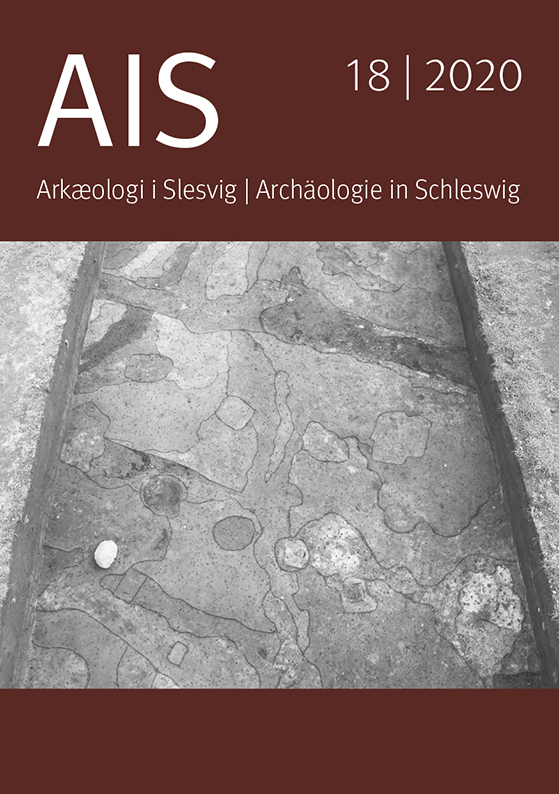Tidsrummet for Hamborgkulturens bosættelse ved Jelssøerne kommenteret gennem forsøg på flintsammensætning
Resumé
As the Weichselian glaciation came to
an end, the Fennoscandian ice sheet retreated
and left behind young moraine
landscapes, today referred to as southern
Scandinavia. During this so-called Last
Glacial-Interglacial Transition humans
began to colonise the recently de-glaciated
area with the earliest colonisation
attempt taking place during the Bølling/
Meiendorf chronozone (G I-1e). These
pioneer settlers of the region brought
with them a lithic repertoire of the
Hamburgian Havelte tradition and are
in Denmark known from sites separated
into two somewhat delineated occupation
areas, one of which is in southern
Jutland at the Jels Lakes. The sites within
this settlement pocket are similar in
several
aspects, and interpretations of
these sites making out one concurrent
occupation have previously been proposed,
yet rarely followed up upon. In
this paper the question of contemporaneity
between the two sites is revisited.
With relevance to the rhythms of settlement
or, indeed, of contemporaneity,
within the Hamburgian micro-region
at Jels, first attempts at refitting lithic
material from these sites have been conducted.
Impressions are here presented
and future perspectives assessed.
Downloads
Publiceret
Citation/Eksport
Nummer
Sektion
Licens
Tidsskriftet er ikke ansvarlig for indhentelse af tilladelse fra tredjepart i forhold til brug af illustrationer m.m, ved eventuel genudgivelse af materialet.
Forfatteren er alene ansvarlig for at indhente samtlige rettigheder til publikation af kortmateriale, billeder, grafisk materiale etc.
Forfattere, der publicerer deres værker via dette tidsskrift, accepterer følgende vilkår:
OPEN ACCESS: Forfatteren bevarer ophavsret og giver tidsskriftet første ret til publicering.





